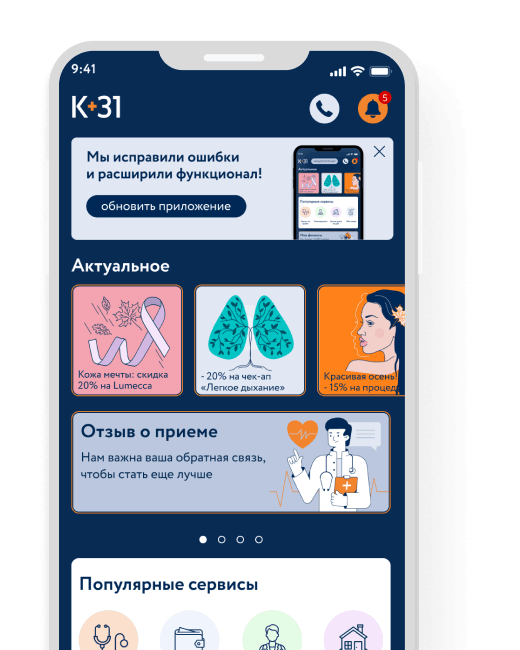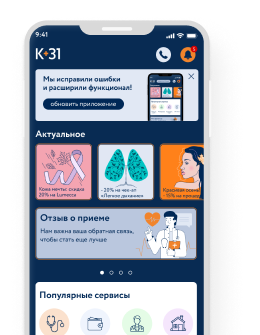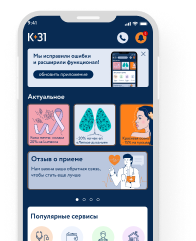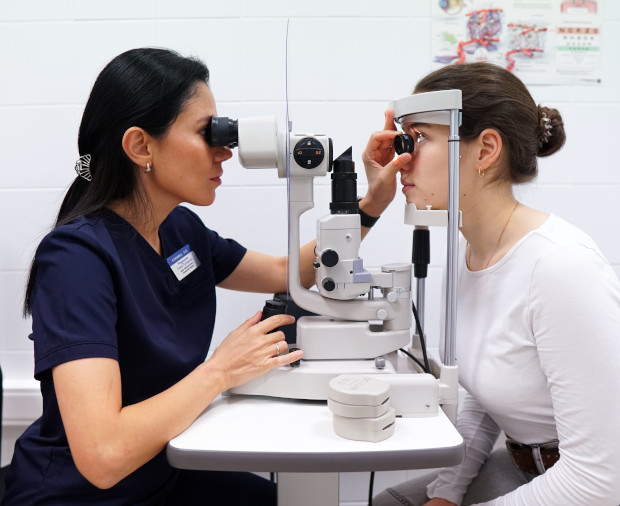C-reactive protein (CRP) norm
In an extended biochemical analysis, you can see C-reactive protein. This fraction of plasma proteins increases in the presence of an inflammatory process in the body. It is synthesized in response to the entry of toxins of pathological microorganisms into the blood and neutralizes them by binding them. In addition, it appears during the destruction of the body's own cells in the case of necrosis, tumor disintegration or extensive trauma, inactivating the products formed in this case. In addition to eliminating toxins, CRP triggers a cascade of immune reactions aimed at eliminating pathologically altered structures.

specialists

equipment

treatment
C-reactive protein (CRP) norm

Normally absent (or less than 0.4 mg/l). Its appearance indicates the development of pathology, and the quantitative value is proportional to the severity of the condition. It can be used as an indicator of the effectiveness of treatment, since it decreases quite quickly (within a few days) after the improvement of health. Indications for C-reactive protein testing:
- Infectious manifestations (fever, weakness, sweating, headaches, runny nose, cough, sore throat, skin rashes, diarrhea, urinary disorders)
- Suspected presence of parasites (jaundice, weight loss, indigestion, intestinal upset, bloody discharge from the anal canal, muscle pain, eosinophilia)
- Symptoms of pancreatitis (girdle-like pain in the epigastrium, bloating, nausea after eating and subjective improvement during fasting)
- Pyelonephritis, glomerulonephritis, cystitis (changes in general urine analysis, pain during urination, frequent diuresis)
- Hepatitis (discomfort in the right hypochondrium, nausea, yellowing of the skin, itching, increased liver enzymes, bilirubin)
- Nonspecific ulcerative colitis, Crohn's disease (frequent, false urge to defecate, blood in the stool, loose stools)
- Suspected cancer (weight loss, increased fatigue, decreased appetite, pallor, symptoms of local damage to the relevant organs)
- Tissue crushing, burns, long-term non-healing ulcers
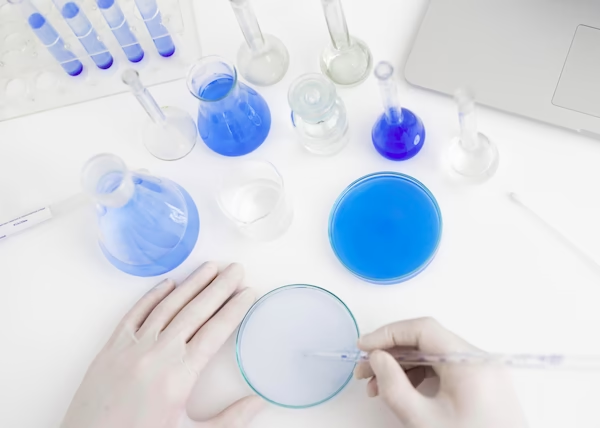
Sometimes CRP increases more actively than the symptoms. This is especially typical for acute infections (with the proliferation of bacteria) and inflammation. For the purpose of early diagnostics, CRP is prescribed in the postoperative period, after hypothermia, questionable signs of the disease (for example: unclear clinical appendicitis, peritonitis).
This study is used in the comprehensive confirmation of the diagnosis of myocardial infarction, rheumatoid arthritis, lupus, tuberculosis, as well as in the compilation of prognostic factors after recovery. The level of such an indicator can be used to preliminarily determine the nature of the pathology:
- A content of up to 5 can be considered a relatively normal concentration or indicate a sluggish chronic inflammation
- A value of up to 20 is typical for viral and systemic diseases
- With an exacerbation of autoimmune processes, severe cell damage by viruses, with injuries it rises to 40
- Acute bacterial infections, myocardial infarction are accompanied by a level of 100
- Higher numbers are noted in severe destructive conditions (pancreatic necrosis, pneumonia and tuberculosis, deep burns, necrosis of malignant neoplasms)
Given the significant diagnostic value and sensitivity to a wide range of diseases, it is necessary to promptly perform biochemistry if your health deteriorates.

This award is given to clinics with the highest ratings according to user ratings, a large number of requests from this site, and in the absence of critical violations.

This award is given to clinics with the highest ratings according to user ratings. It means that the place is known, loved, and definitely worth visiting.

The ProDoctors portal collected 500 thousand reviews, compiled a rating of doctors based on them and awarded the best. We are proud that our doctors are among those awarded.
Make an appointment at a convenient time on the nearest date
Price
Other services

